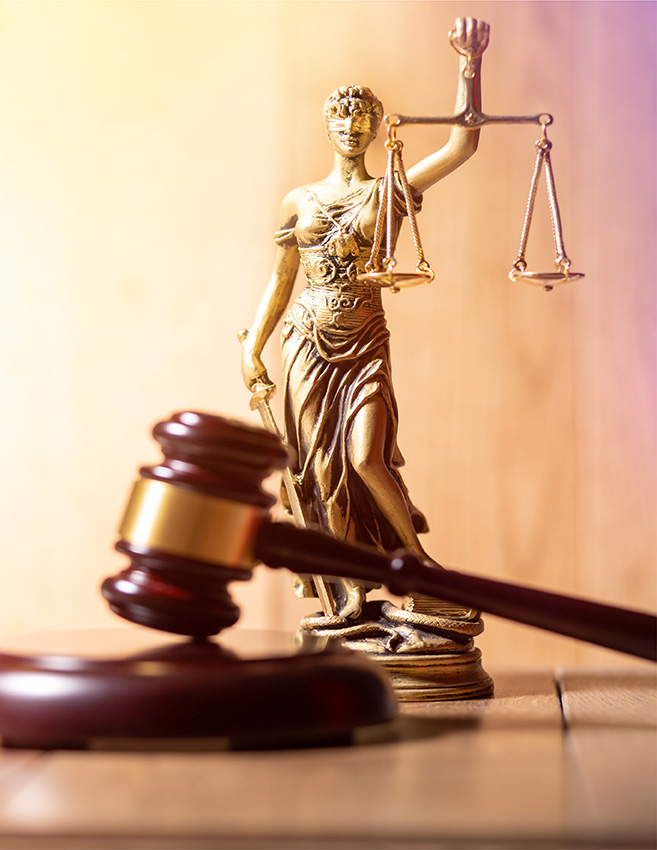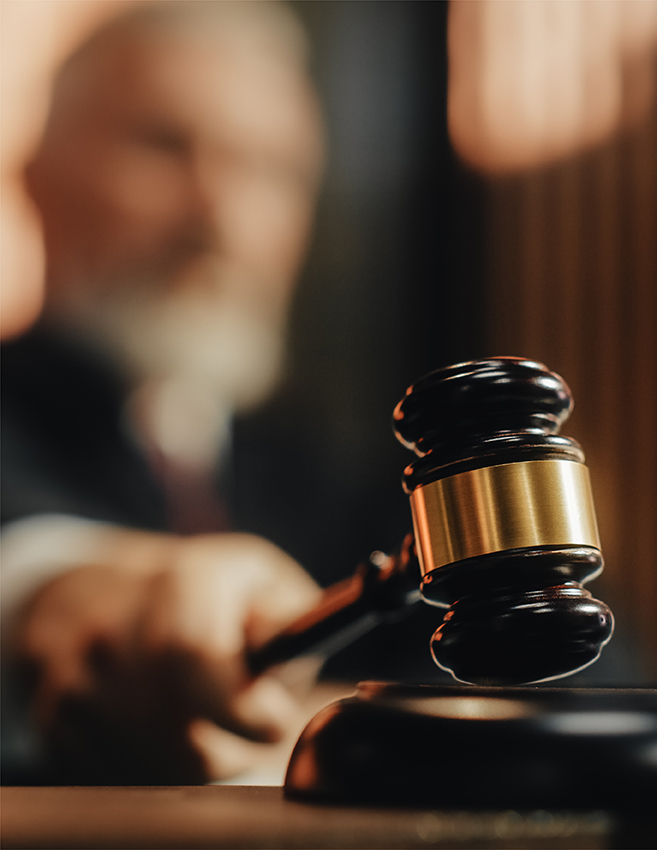A legal complaint is the initial document filed by a plaintiff to start a lawsuit, outlining the allegations against the defendant and specifying the legal grounds and relief sought. A lawsuit, on the other hand, is the broader legal action that includes all subsequent proceedings such as motions, discovery, trial, and appeals. Generally speaking, it begins with the filing of a complaint and involves multiple stages where information can be obtained through a process called “discovery,” and evidence, witness testimonies, and legal arguments can be presented. The outcome of a lawsuit is determined by a judge or jury who issues a final judgment or verdict. If there are appropriate grounds to challenge the proceedings that occurred in the trial court, appeals then follow.
In essence, a legal complaint initiates a lawsuit, while a lawsuit encompasses the entire process of resolving the dispute in court. The existence of a lawsuit and its course through the judicial process is also referred to as “litigation.”
Litigation Drivers:
The civil justice system has changed a lot recently. It was originally meant to handle individual disputes with fair and appropriate awards. However, it is now dominated by high-payout class actions and mass torts, mostly driven by plaintiffs’ law firms. In fact, ILR research has shown that over two thirds of all private federal civil cases are consolidated in multidistrict litigation (MDLs). An MDL is a legal procedure that consolidates multiple related civil cases from different districts into one court for pretrial proceedings to (in theory) improve efficiency and consistency. This process is often used for complex cases like mass torts, where many plaintiffs have similar claims against the same defendant, and as ILR’s research shows, it has serious flaws. For example, there is no mechanism to verify that all or even most claims consolidated in a given MDL have merit, which puts defendants at a serious disadvantage and makes MDLs a frequent avenue for abusive litigation.
The onset of this magnitude of litigation threatens our civil justice system and economy—and as a result, increases costs for businesses and consumers. The Institute for Legal Reform (ILR) has long advocated for a fair legal system that promotes economic growth and opportunity.
As explained in ILR research, the following are key drivers and consequences of lawsuit abuse that policymakers and legal reform advocates should address to improve the overall legal climate:
- Trial Lawyer Advertising: Trial lawyers are spending vast sums of money on television and digital advertising to recruit new clients and influence juries, all in a bid to boost their own paydays. These ads often aim to scare and mislead consumers by claiming that products and medications are unsafe. They frequently promise plaintiffs potentially millions or even billions of dollars if they sign up for a lawsuit, even though the reality is that the amounts that plaintiffs’ recover in settlements and final awards are often much smaller—and can pale in comparison to what their lawyers receive.
- Third-Party Litigation Funding (TPLF): TPLF allows hedge funds and other financiers to secretly invest in lawsuits in exchange for a percentage of any settlement or judgment. TPLF thus further reduces the amount of compensation that plaintiffs receive, and funders can even influence or control how a case proceeds.
- Tort Costs: ILR research found that in 2020, the costs and compensation paid in the U.S. tort system totaled $443 billion—or 2.1% of the national gross domestic product and $3,621 per household. Despite the high price tag, only 53 cents of every dollar paid in the tort system goes to plaintiffs. The rest covers litigation costs and other expenses. In 2021, the U.S. tort system’s commercial liability costs totaled $347 billion, and small businesses shouldered $160 billion of those costs.
- Frivolous Lawsuits: Frivolous litigation drains resources, stifles innovation, and inflates costs for the products and services we use daily. When businesses must divert time, money, and effort to defend against baseless claims, these costs are often passed down to consumers, resulting in higher prices and potentially fewer choices. Last year, ILR identified the most ridiculous lawsuits of 2023.
- Municipality Litigation: Plaintiffs’ lawyers now enlist cities and counties as plaintiffs in lawsuits over public policy issues best left to legislators. They pitch their services on a contingency fee basis with the promise of an easy, no-risk revenue source. Too often the monies recovered are used to fund government budgets, never reaching people on whose behalf the case is brought.
- Nuclear Verdicts: Massive jury awards of $10 million or more—known as “nuclear verdicts”—continue to increase in size and frequency, according to an ILR study. Jurors delivered 1,288 of these verdicts in personal injury and wrongful death cases between 2013 and 2022, with the median nuclear verdict in product liability cases reaching as high as $36 million in 2022.
Now you know the answer to the question, “What is the difference between a legal complaint and a lawsuit?” At its core, litigation is an important tool for addressing legal disputes between parties. However, it is critical to rein in lawsuit abuse through legal reforms and pursue other ways of resolving disputes when possible, such as through arbitration, which is fairer, faster, and less expensive than time-consuming and expensive litigation.
If you want to stay up to date on similar blog posts and the latest legal reform news, subscribe to our newsletter.



